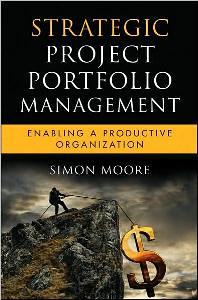Similar to last year, below are the top 5 books I’ve enjoyed most this year. They don’t have much to do with project management, but perhaps that’s a good thing.
Matterhorn/What Is It Like To Go To War – Karl Marlantes is doesn’t pull any punches as a writer. He was a Rhodes scholar at Oxford when he volunteered to go to Vietnam and his two books are essentially different reflections on the same experience. Matterhorn is a hands on book about war in Vietnam, fictional, but obviously drawing on deep personal experiences. What Is It Like To Go To War is part autobiography, part sermon on the same topic, recounting Marlantes’ experiences with brutal honesty (including cowardice, mistakes and prostitution) and once again given a vivid picture of Vietnam whilst also stating his own views on what war does to people and what society should do about it.
Decoded – I wouldn’t have thought I would enjoy Jay-Z’s autobiography nearly as much as I did, his life from dealing to fame is a great story, and he explains the lyrics of his songs in detail, decoding the slang and the meaning behind the lyrics.
In The Garden of Bests: Love, Terror and An American Family In Hilter’s Berlin – A well researched book with a sprinkling of fiction to chart the course of a university professor who President Roosevelt appointed as ambassador to Berlin just as Hitler was on the rise. It makes history real, and clearly shows that evil is not quite as black and white as it appeared in retrospect and how mixed the world’s reaction to it was, at least initially.
Scalper: Inside The World Of A Professional Ticket Tout – This is Kindle only, and part of Amazon’s effort to release shorter books on the platform for $1.99. This is a quick read on the practice of reselling tickets to sporting events told by a former tout. It goes deep into a subject you may not have thought much about and is short enough to retain interest in what is a fairly esoteric topic.
The Hunger Games Series – If you liked the Stig Larsson (Girl Who Played With Fire) series, you might enjoy this too. Like that series it’s coming out as a movie and is easy, but gripping reading. The first book is the best of the trilogy, and the ultimately ending is underwhelming, rushed and bizarre, but it’s a great story up to that point.











